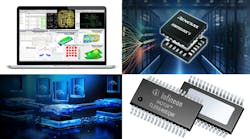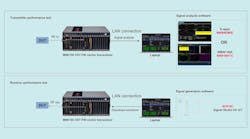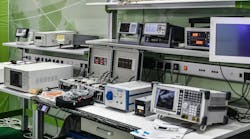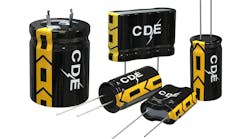Modern real-time oscilloscopes are so powerful and feature-rich that for many engineers, the AutoScale button is all they ever need to learn. However, this is not usually the case for RF engineers. Bursty RF signals can be difficult to work with in the time domain, due in no small part to the difficulty many engineers have dialing in a stable trigger. In this article, we’ll walk through several different strategies for oscilloscope triggering on RF signals and, by the end, you’ll wonder why you haven’t been using a scope more often!
What Is Triggering?
It’s common for modern real-time scopes to have model numbers that start with “DSO,” short for “digital storage oscilloscope.” The term “storage” is important; modern scopes operate kind of like an old tape recorder. Just like an audio tape recorder that picks up sound waves with a microphone, stores them on a magnetic tape, and then plays them back from that tape, a modern real-time scope picks up analog electrical signals, digitizes them, stores them to memory and then “plays them back” (aka, displays them onscreen for you to view and measure).








